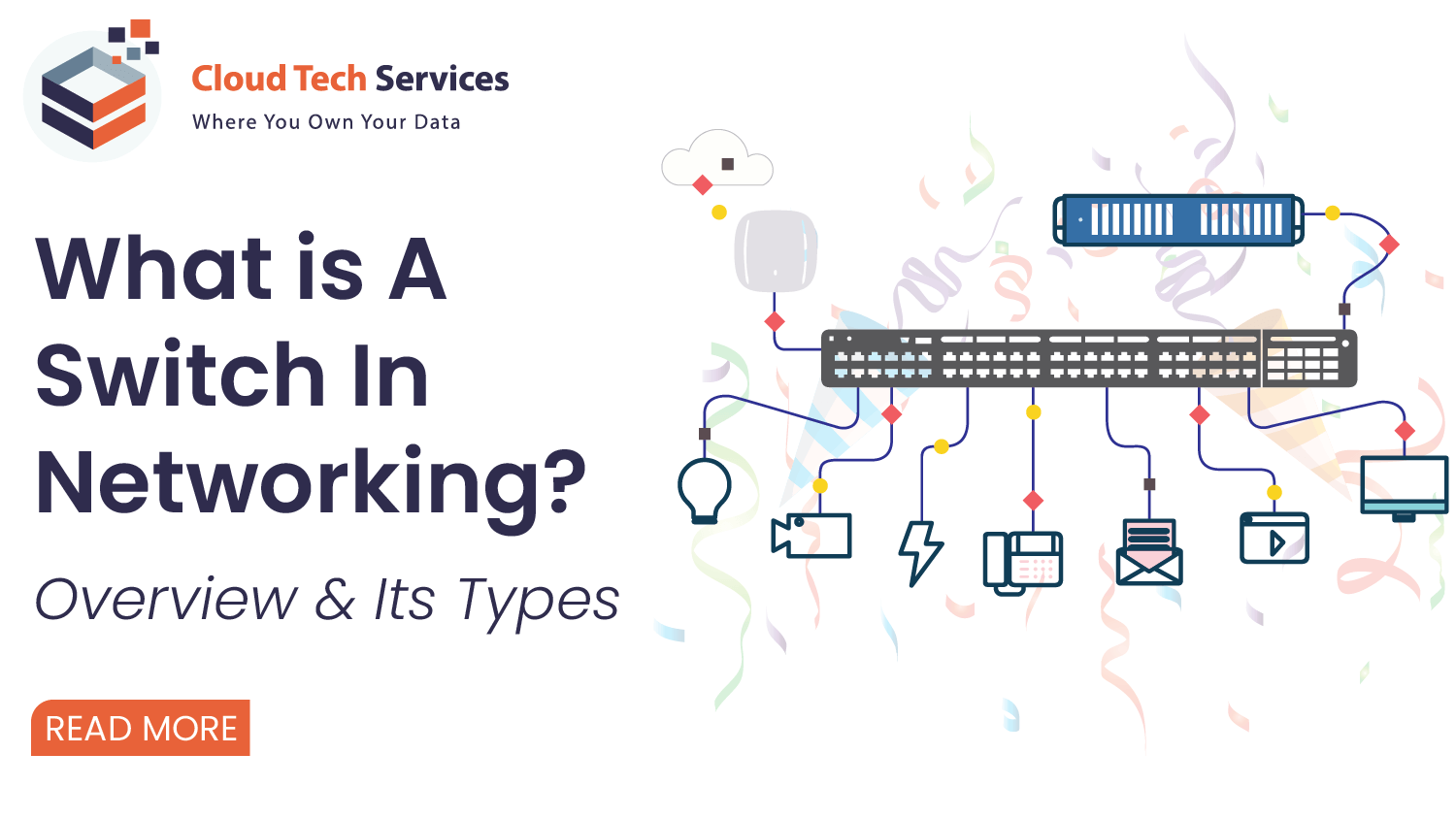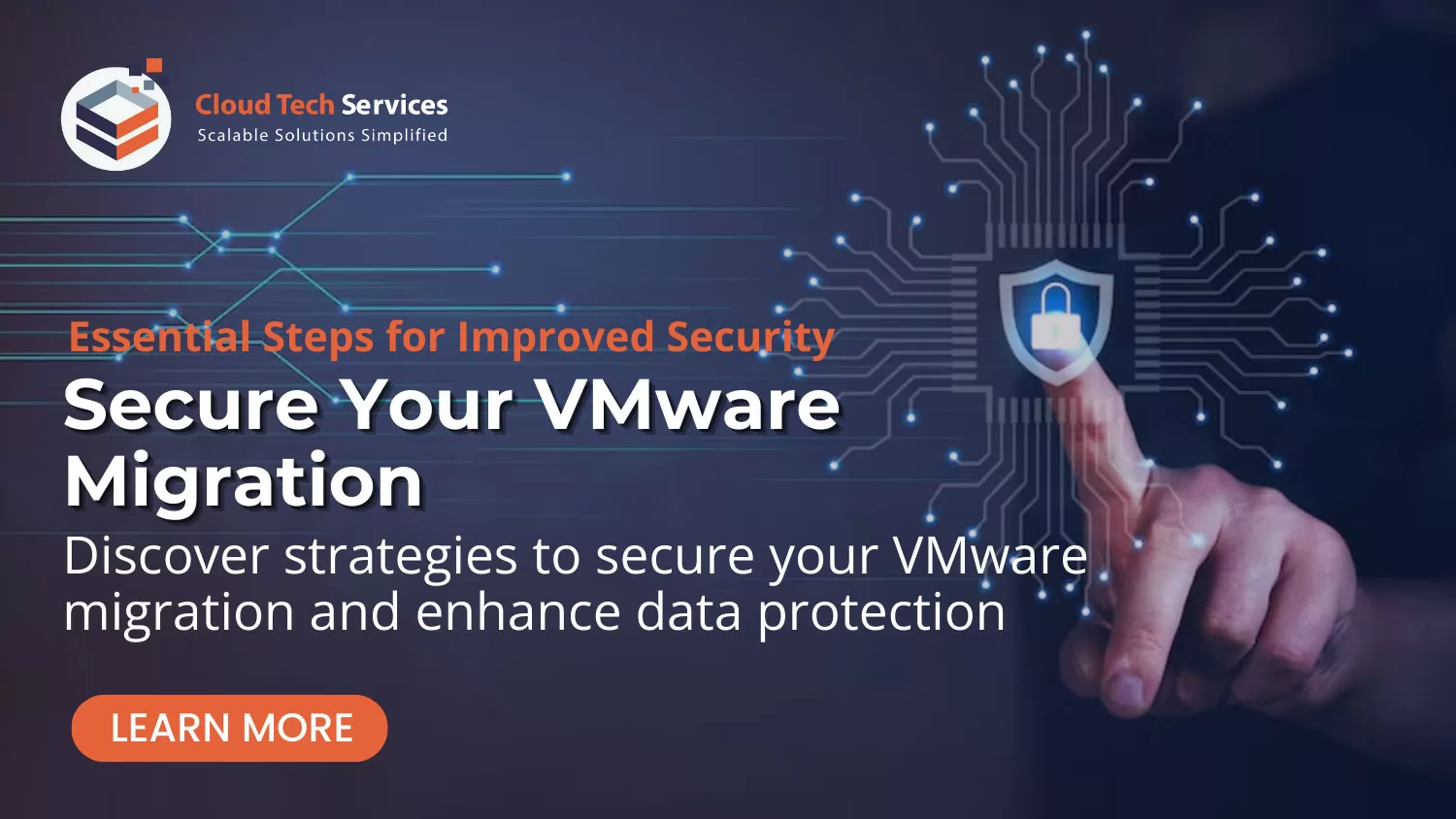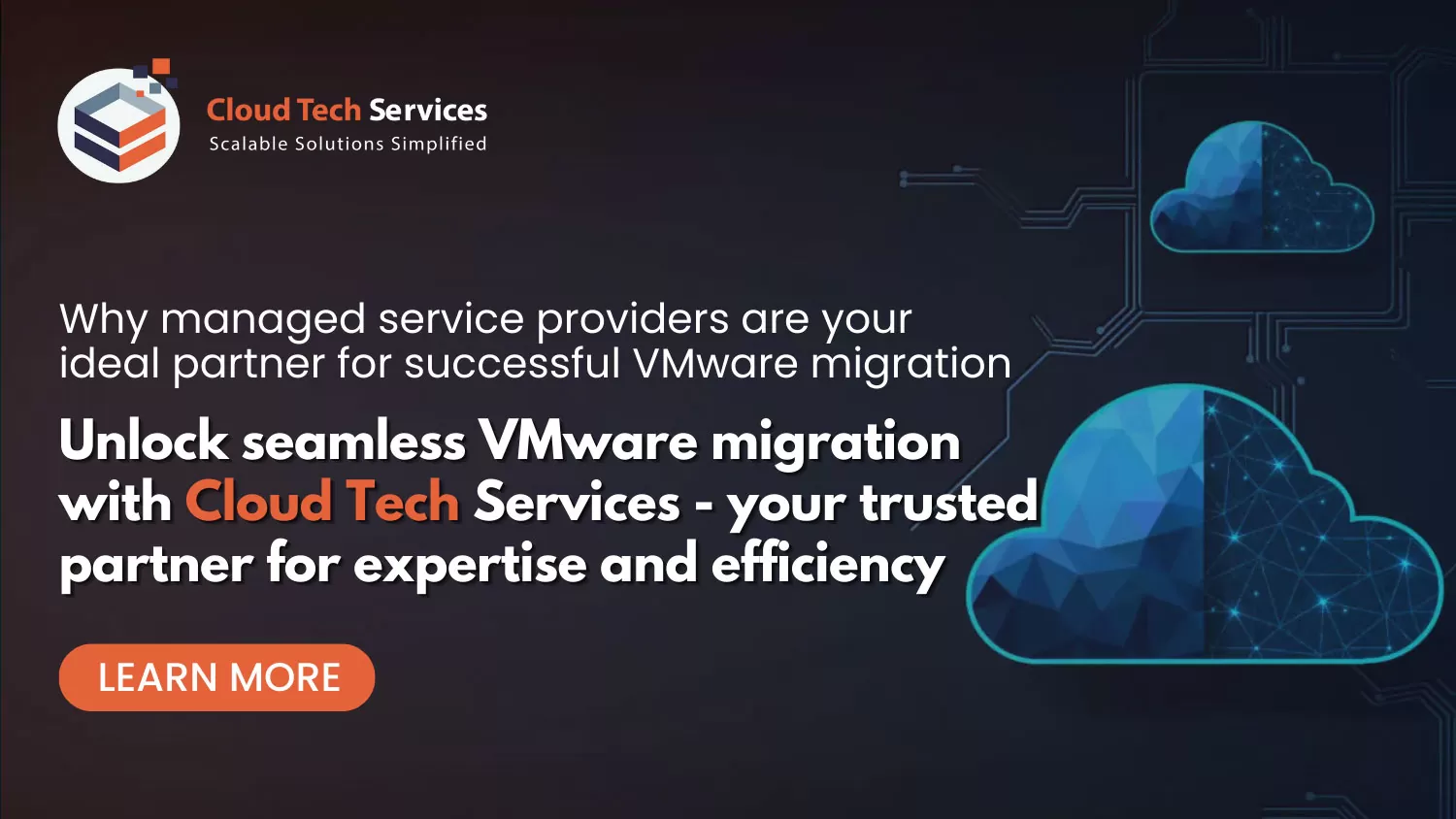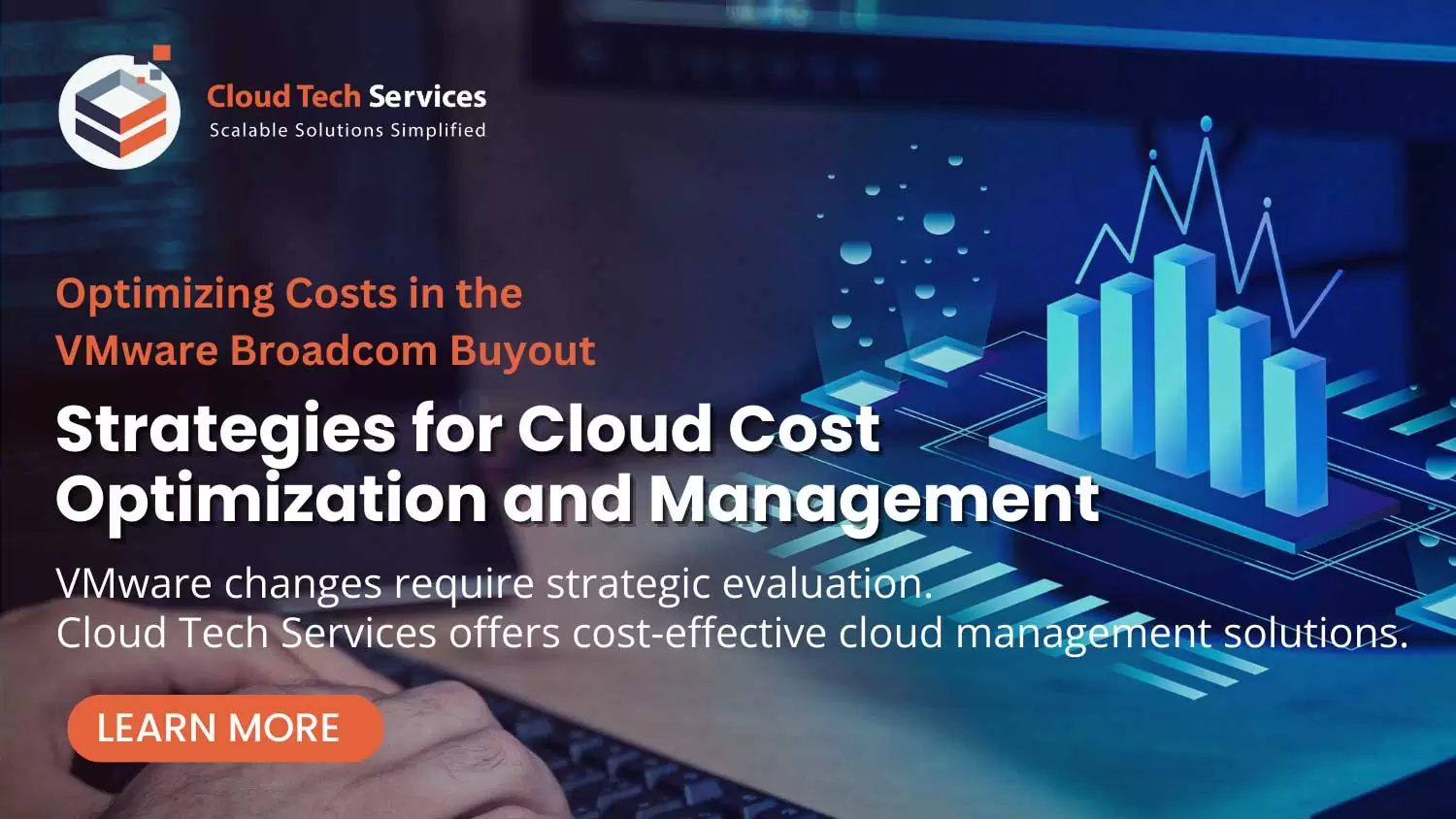7 SRE Best Practices to Achieve Infrastructure Excellence
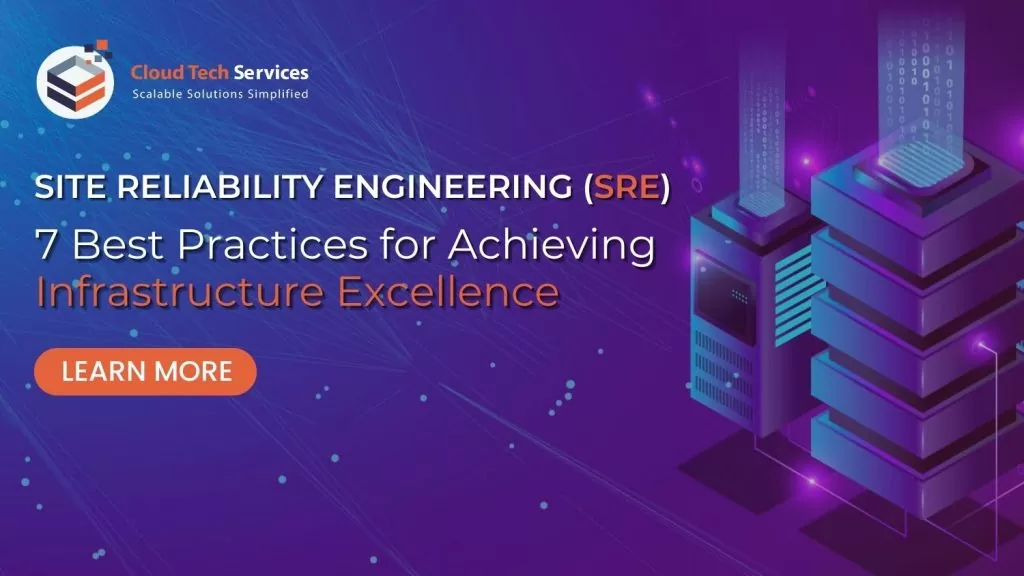
7 SRE Best Practices to Achieve Infrastructure Excellence Every business strives for customer satisfaction, but service failures are the ultimate nightmare. You invest heavily in planning and preparation, yet outages still strike, leaving users frustrated and questioning your service’s reliability. This constant downtime threat creates a dilemma: how do you keep pushing forward with innovative […]
How a Unified NOC & SOC Solution Can Save Your Business

How a Unified NOC & SOC Solution Can Save Your Business Did you know that according to IBM, the average cost of a data breach rose to a record $4.35 million by 2023? Network is key for any business as it is the backbone to connect your employees, customers and important data. Just as […]



